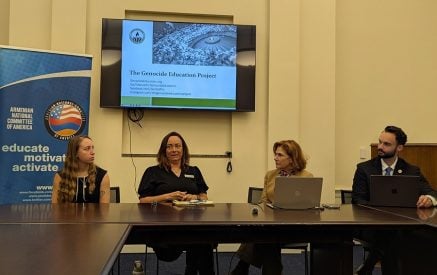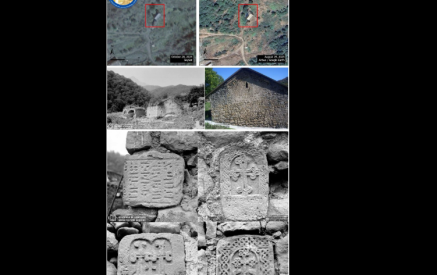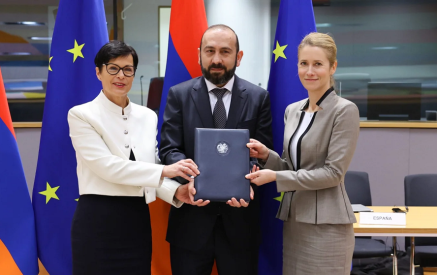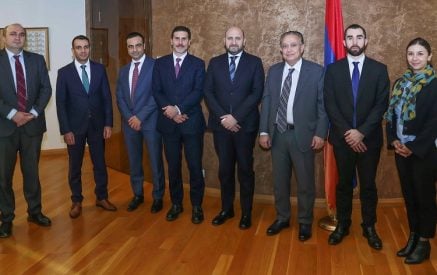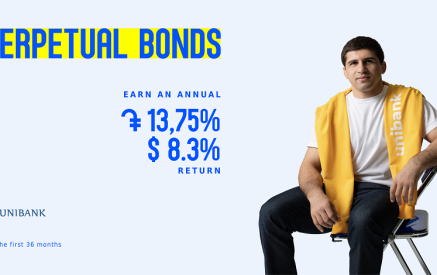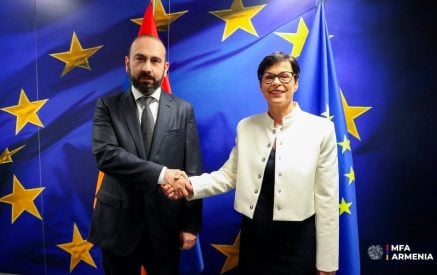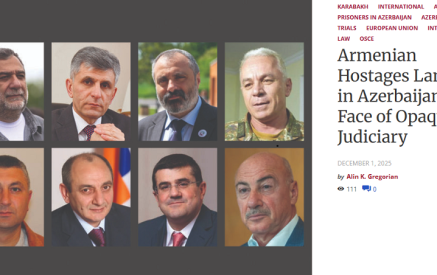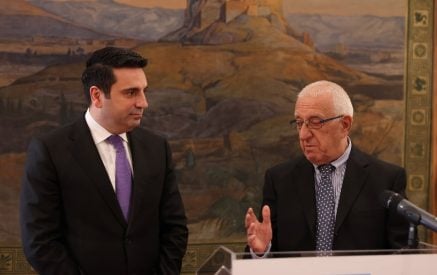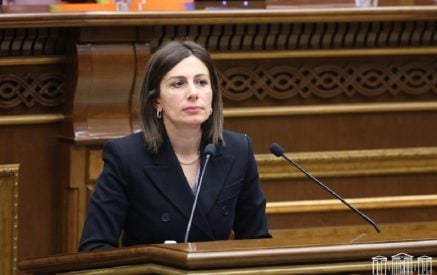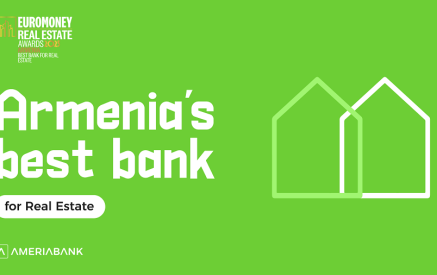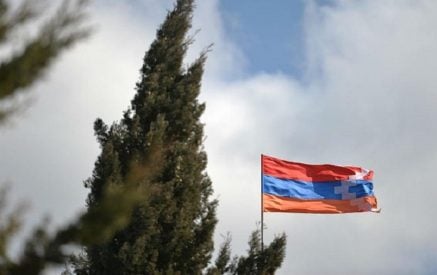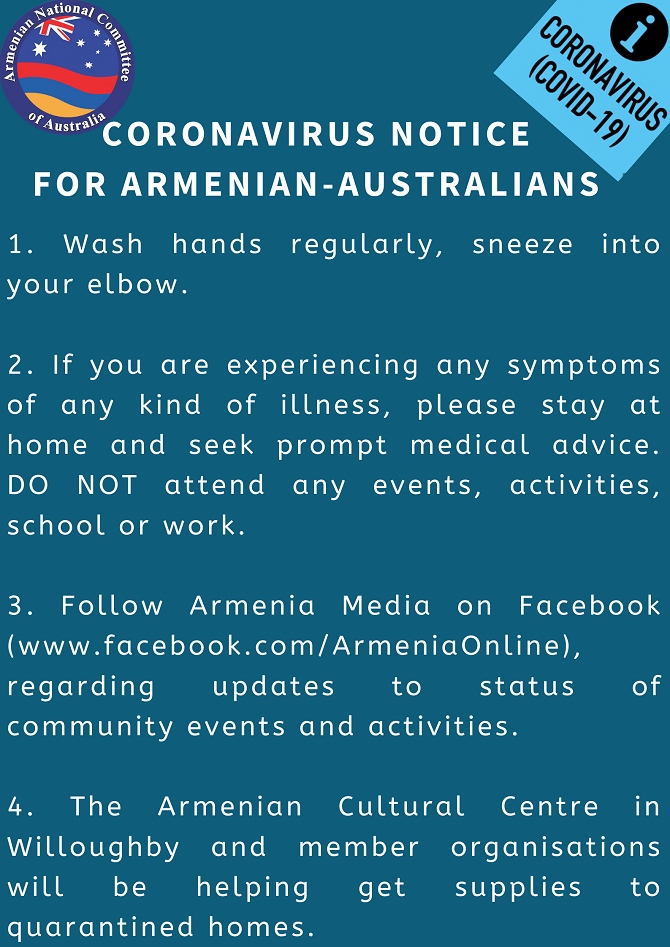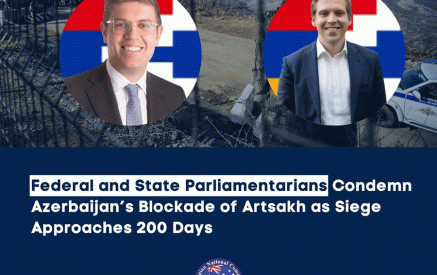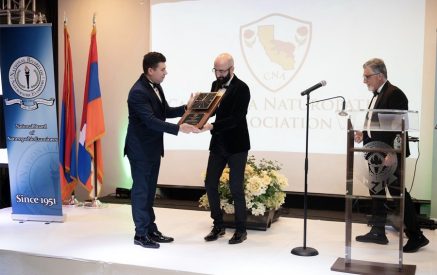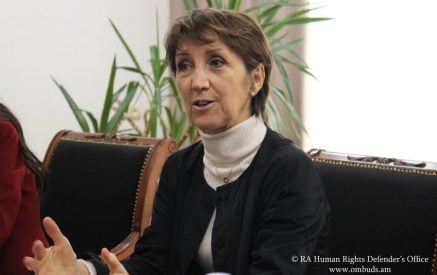- They prefer all non-essential gatherings of more than 500 people to be suspended from Monday amid fears about the spread of coronavirus.
- The cancellation would not be extended to schools, universities, public transport or airports.
- Churches with large followings might have to consider adding extra services to keep numbers under 500.
- A new national cabinet, including state, territory and federal leaders, would meet weekly to assess Australia’s response to coronavirus.
A summary of earlier warnings include:
- The Australian Government considers the following countries to be at higher risk for COVID-19:
– Mainland China
– Iran
– Italy
– Republic of KoreaRead also
There are travel restrictions for travellers from mainland China, Iran, Republic of Korea and Italy. Foreign nationals will not be able to enter Australia within 14 days of being in these countries, with the exception of permanent residents, immediate family members of Australians, and airline crew.
- Aside from those who have travelled to these countries, other categories of people at most risk of serious infection are:
– people with compromised immune systems (e.g. cancer).
– elderly people.
– Aboriginal and Torres Strait Islander people, as they have higher rates of chronic illness.
– people with diagnosed chronic medical conditions.
– very young children and babies*.
– people in group residential settings.
– people in detention facilities.*At this stage, the risk to children and babies, and the role children play in the transmission of COVID-19, is not clear. However, there has so far been a low rate of confirmed COVID-19 cases among children relative to the broader population.
- Whilst there have been over 130,000 confirmed cases of COVID-19 around the world, resulting in more than 4,800 deaths, Australia has reported 156 confirmed cases, from which 26 are now recovered and three have resulted in deaths.
– 15 of the initially reported cases in Australia all had a direct or indirect travel history to Wuhan, China.
– 10 cases, including 1 death, are associated with the Diamond Princess cruise ship repatriation flight from Japan.
– 18 cases are reported to have had a direct or indirect travel link to Iran.
– 70 cases are reported to have had a direct or indirect travel link to countries including the United States of America, United Arab Emirates, the United Kingdom, Italy, Iceland, Singapore, Thailand, the Republic of Korea, Japan, Indonesia, Philippines, Taiwan, Cuba, Trinidad and Tobago, Nepal, Egypt, Austria, France, Spain, Hong Kong.
– 29 cases, including 2 deaths, do not have a reported history of overseas travel (8 of these cases are associated with an aged care facility in NSW. 2 residents of this facility have sadly died, 2 cases are either directly or indirectly associated with attendance at a workshop, 19 cases are close contacts of known cases, with further details pending.
– The likely place of exposure for a further 14 newly reported cases is under investigation.
What we are recommending to our community:
- As of yet, we have not been made aware of any Armenian-Australians infected by COVID-19.
- If you have just returned from China, Iran, Italy, South Korea, Japan and/or Mongolia, please follow Federal Government guidelines for a 14-day self-isolation and DO NOT attend any events, activities, school or work.
- If you are experiencing any symptoms of illness, of any kind, please stay at home, and seek prompt medical advice. DO NOT attend any events, activities, school or work.
- Follow the NSW Government guidelines, which ask individuals and businesses to help prevent the potential spread of the coronavirus ahead of the flu season by following simple hygiene measures like:
– regular hand washing.
– sneezing into your elbow.
– staying at home if you’re feeling sick.
– seeing your local doctor for minor illnesses or injuries. - Follow the Facebook page of Armenia Media (www.facebook.com/ArmeniaOnline), where they will post the status of Armenian-Australian events, school closures, sports clubs’ notices, etc.
- If you are an official in an Armenian-Australian organisation or institution, please notify us at [email protected] of any members that have been impacted or events or activities that will be affected, for prompt reporting to the community through Armenia Media.
- The Armenian Cultural Centre in Willoughby will be looking to stock up with essential supplies for those in need, and arrange for deliveries of said supplies to homes that are impacted. Again, for access to these and other assistance, please email [email protected] or your representatives within the member organisations of the Armenian Cultural Centre.
Warm regards,

























